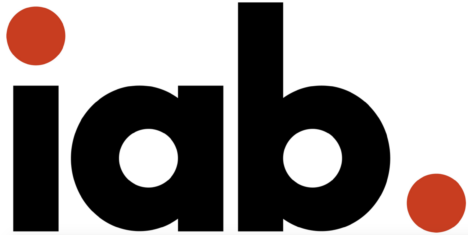Digital publishers face radical revamp of ad standards; crack-down on pop-ups, big ads and autoplay
Australia’s digital industry body the Interactive Advertising Bureau (IAB) is to consult the local market on a radical overhaul of advertising standards guidelines issued by its US counterpart.
As part of this week’s IAB Mixx conference in New York, the US Interactive Advertising Bureau proposed a comprehensive new set of technical standards for digital ads designed to provide users with a better experience.

An obvious challenge for the Australian IAB in adopting the standards would be rules saying that autoplay video must be muted – a practice that IAB member Fairfax Media does not follow on its news sites. Among those from Australia attending the event were Fairfax Media’s commercial boss, Tom Armstrong, along with new IAB CEO, Vijay Solanki, and new chair, Nicole Sheffield, from News Corp.


SMH is one of the worst offenders and a great reason to install ad blockers.
Over the page ads on mobile (which hopefully Google will start to penalise them for in search) and autoplay videos with ads and sound on desktop.
If the big guys don’t give a sh1t about the user, what hope do we all have?
SMH, News and nine are the reasons why I installed adblocker. They were sucking up so much bandwidth on my phone, slowing down my computer and offering no value to me.
good on the IAB for pushing the new standards on autoplay.
Just try visiting thewest.com.au, its takes ages to load whilst it fills the page with ads and your browser with tracking cookies, before loading any actual content. Was the main reason I installed an Adblocker.
It is one of the great mysteries of our time that websites actively discourage people from visiting. I have no confidence that this will change anytime soon. The more people who take up ad blockers and disable Flash and Java, the better.